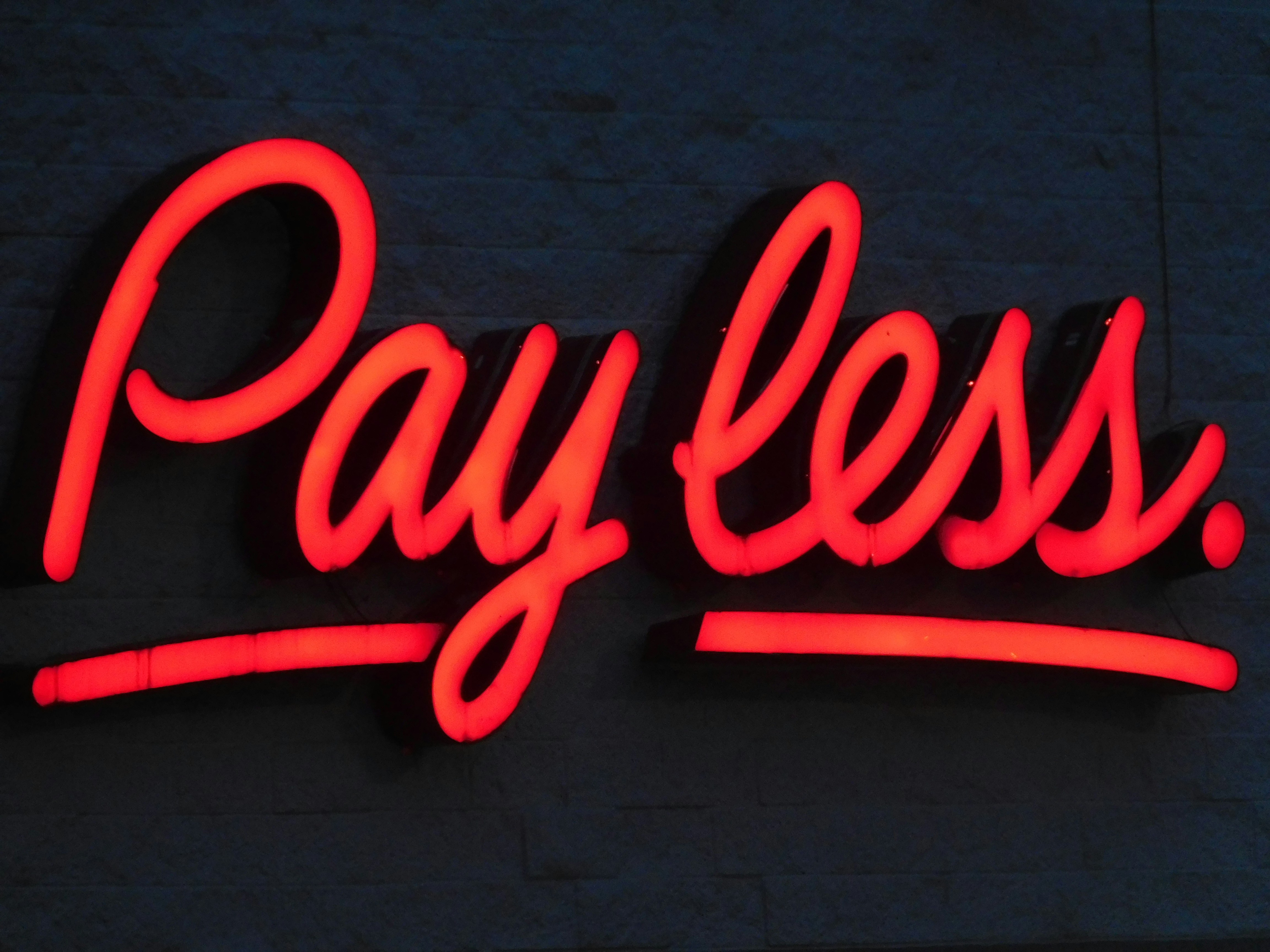Property Management
Owning and renting out a property can be lucrative, but it comes with its challenges. One of the most frustrating issues landlords have to deal with is tenant damage to their rental properties. From broken windows to plumbing issues caused by misuse, rental damages, and repairs can be costly.
Knowing how to charge for damages at your rental property without breaking the bank is essential as a landlord. If you’ve been wondering about “charging for damages at my rental,” keep reading. In this article, we'll delve into the considerations and strategies for determining the cost of damages at apartments, helping you make informed decisions while maintaining a fair and transparent process.
Assessing the Damage
Assessing the extent of damage is crucial for determining charges related to your rental property's repairs. Here's how to effectively conduct this assessment:
Systematic Inspection
Begin by methodically inspecting the entire rental property, room by room. Document both pre-existing conditions and new damages, leaving no detail unnoticed. This comprehensive approach ensures you identify all issues that may have arisen during the tenant's stay.
Accurate Documentation
Accurate documentation is pivotal for justifying charges. Using a camera or smartphone, capture clear photographs of every damaged area. Ensure well-lit images that distinctly show the nature and extent of each issue. Complement the pictures with detailed written descriptions that provide context and specifics about the damage.
Categorization of Damage
Not all damages are the same, and categorizing them aids in determining appropriate charges. Common categories include:
- Structural damage: This pertains to harm to the building's structure, such as broken windows, damaged doors, or holes in walls.
- Cosmetic damage: Surface-level impairments like chipped paint, scuffed floors, or stained carpets that impact the property's appearance.
- Appliance and fixture damage: If appliances, fixtures, or fittings are broken due to tenant misuse, categorize them distinctly.
- Health and safety hazards: Swiftly address damages that pose health and safety risks, such as faulty wiring, leaks, or mold growth.
Determining Responsibility
While assessing damages, it's important to establish whether the tenant is indeed responsible for them. Compare the documented pre-move-in condition to the current state of the property. If the damage wasn't present at the beginning of the lease term, and the tenant's actions or negligence caused it, it's reasonable to attribute responsibility.
By methodically following these steps, you ensure an accurate assessment of damages, laying the groundwork for a fair resolution beneficial for both you as the landlord and your tenant.
Differentiating Wear and Tear From Damages
Wear and tear are the expected signs of deterioration with regular use and aging. These are the natural consequences of living on a property and are not the tenant's fault. Recognizing wear and tear helps you set realistic expectations for property maintenance and prevents unjust charges.
Examples of Wear and Tear
- Faded paint: Over the years, exposure to sunlight and environmental factors can cause paint to fade naturally, especially in rooms with abundant sunlight.
- Minor scuffs and scratches: Regular furniture movement and daily activities can lead to minor scuffs and scratches on walls, floors, and surfaces.
- Worn-out carpeting: Foot traffic gradually wears down carpet fibers, resulting in thinning and fading.
Time-Related Wear
Wear and tear increase with the duration of a tenant's occupancy. The longer someone resides in a property, the more likely signs of natural aging will become apparent. When assessing issues, it's fundamental to consider the length of time a tenant has lived in the property.
Expected Depreciation
Some property components naturally depreciate over time due to regular use, even with proper care and maintenance. Appliances, flooring, and fixtures all have a limited lifespan and will inevitably show signs of wear.
Fair Pricing for Repairs
Setting fair pricing for repairs in your rental property is a delicate art that requires balancing protecting your investment and fostering positive tenant relationships. By following industry standards, maintaining transparency, and considering the financial impact on your tenants, you can navigate this aspect of property management effectively.
- Obtaining multiple quotes: Begin by acquiring quotes from reputable contractors to gauge the average cost of repairs. This helps you establish a reasonable price range that aligns with industry norms.
- Considering market rates: Research prevailing market rates in your area to ensure your repair costs are competitive and fair. Understanding local pricing trends provides a benchmark for your charges.
- Flexible payment options: Consider offering flexible payment plans for unexpected repairs. This approach eases tenants' financial strain and demonstrates your willingness to accommodate their needs.
- Prioritizing critical repairs: Distinguish between safety and functionality repairs and cosmetic enhancements. Prioritize repairs that directly impact tenants' quality of living.
Security Deposits and Deducting Charges
Managing security deposits and deducting charges are integral aspects of responsible property management. Security deposits serve as a safeguard against damages and unpaid rent. They provide landlords with a financial cushion to cover necessary repairs and ensure the property's upkeep. Compliance with local regulations is paramount. Familiarize yourself with security deposit laws, including maximum amounts, allowable deductions, and return timelines. Thoroughly document the property's condition before occupancy.
Deducting Charges: Legal Procedures
Adhere to legal procedures when deducting from security deposits to ensure fairness and legality. Provide tenants with an itemized list detailing repairs, associated costs, and any remaining balance due for return. Transparency prevents disputes. Notify tenants promptly about deductions, explaining how charges were calculated.
After deductions, return the remaining balance within the legal timeframe. This demonstrates your commitment to responsible property management. Balancing legal requirements with tenant relations is essential. You can effectively manage security deposits and deductions by following proper procedures and maintaining transparency.
Transparent Communication
Open and transparent communication with your tenants is key to avoiding conflicts over damage charges. Ensure your lease agreement outlines your policies regarding damages and repairs. During move-in and move-out inspections, involve the tenant in discussing and documenting the property's condition. Sharing this information helps build trust and minimizes misunderstandings down the line.
Mitigating Disputes
Even with meticulous documentation and clear communication, disputes over charges for damages can arise. To mitigate potential conflicts, consider the following steps:
- Provide before-and-after photos: Visual evidence is powerful. Presenting before-and-after photos can help tenants understand the changes during their occupancy.
- Detailed invoices: When repairs are necessary, provide detailed invoices from contractors to demonstrate the legitimacy of the charges.
- Third-party mediation: If disputes persist, consider involving a neutral third party, such as a mediator or arbitrator, to help facilitate a resolution.
Conclusion
Charging for damages at your rental property involves a careful balance between protecting your investment and maintaining positive tenant relations. Thorough assessment, clear communication, and fair pricing are essential elements of a successful approach. By understanding the distinction between wear and tear and actual damages, utilizing security deposits responsibly, and prioritizing transparent communication, you can confidently navigate the complexities of rental damages and repairs.
For comprehensive property management solutions and assistance with tracking rental damages and repairs, consider ExactEstate. Our advanced property management software streamlines the process, ensuring efficient communication, accurate documentation, and fair dispute resolution.
Request a demo today to see how ExactEstate can simplify your property management tasks.










